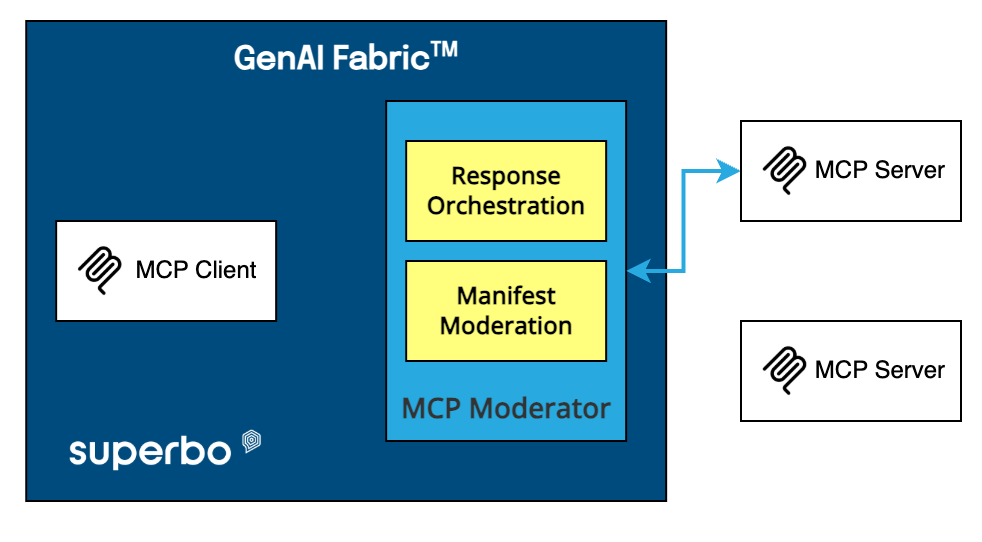Why “Becoming AI-First” Is the Revolution You Can’t Opt Out Of
AI isn’t a sidebar, it’s the strategic equivalent of rolling out PCs or the internet across an entire organization. To be “AI‑First” means embedding AI into the very fabric of operations, decision-making, and culture—transforming AI from a tool into the organization’s central nervous system. In AI‑First enterprises like Duolingo and Shopify, AI guides everything, from workflow design to customer engagement, operating not as an add-on but as the driving force behind products, services, and strategy. This is a fundamental shift, not a checkbox.
This transformation isn’t optional, it’s essential for survival. A recent MIT report reveals that 95% of generative AI projects fail to deliver real ROI, not due to technical issues, but because they remain trapped in “pilot purgatory”, isolated experiments that don’t scale, aren’t integrated into workflows, or lack clear business context.
Surviving and thriving in today’s rapidly AI-driven market means integrating AI enterprise‑wide: embedding AI into infrastructure, strategy, and culture. Those that don’t risk falling behind in an era where intelligence, not scale, defines competitiveness.
The True Path to Becoming AI First
Piloting AI, whether it’s a virtual assistant in customer service or a smart analytics tool, is essential but it’s only the starting point. Relying on isolated efforts won’t get you to “AI‑First.” To reach AI maturity, the entire organization must transform. These are the critical phases of that transformation:
Phase 1 – Experimentation
Here, AI is treated as a sandbox. Teams run pilots focused on short-term ROI, testing "can it work?" rather than "will it scale?". However experimentation alone doesn’t move the organization forward, it lays the groundwork. Without planning for reuse, standardization, or scalability, experiments too often become dead ends.
Phase 2 – Standardization
Once pilots show promise, successful efforts evolve into repeatable capabilities. That requires forming a dedicated team (AI engineers, data scientists, data engineers, etc.) and allocating a budget. This team establishes governance standards and builds new capabilities: data governance structures like data dictionaries, lineage, security and access controls, quality assurance, AI models, and prompt libraries etc, all grounded in consistent data policy. According to Infosys/HFS, just 12% of organizations progress beyond this stage, yet those that do enjoy 3.5× higher revenue growth than less mature peers.
Phase 3 – Democratization
This phase marks a pivotal shift: AI is no longer the domain of a few specialists. Business units, empowered with standardized tools and governed blueprints, build, manage, and scale AI (agents) autonomously. Teams can create and iterate workflows like customer support bots or forecasting assistants within guardrails, without centralized approval. McKinsey highlights that while democratization enables widespread experimentation, fewer than 1% of companies report having reached true AI maturity.
Phase 4 – Ubiquitous Deployment
At this stage, AI is woven into every workflow, operations, product development, decision-making and customer engagement, making AI-first behavior the default. Strategic conversations shift from "should we use AI?" to "how is AI continuing to amplify our business?" Only a minority of organizations reach this phase.
Each phase builds on the next: experimentation without standardization leads to fragmentation; standardization without democratization breeds bottlenecks; democratization without ubiquitous deployment results in uneven impact. Skipping stages invites transformation fatigue, a state of disengagement and burnout when AI initiatives exhaust teams without delivering sustained value.
Cultural and Organizational Changes
Transformation requires more than just technology. It demands strategic orchestration and a culture that embraces experimentation.
One of the most consequential decisions is whether to appoint a Chief AI Officer (CAIO). The challenge is clear: the “I” in CIO already stands for Information, the cornerstone of AI. So why not just rely on the existing CIO? In many cases, it’s not a shortfall of capability, but a lack of strategic mandate. Often, the CIO lacks organizational authority or bandwidth to drive enterprise-wide AI transformation beyond IT infrastructure. That’s why companies, particularly in retail and luxury sectors, have begun appointing CAIOs or Chief Data & AI Officers, such as Lululemon, Nike, Ralph Lauren, and LVMH. These roles report directly to the CEO, not buried in IT, signaling AI as a strategic business priority and helping avoid turf wars among the CIO, CTO, DTO, COO, and domain leaders.
A CAIO, when empowered, can unify AI strategy, governance, budget, and vision across product design, sales, support, operations, and more. But this role isn’t universally necessary. In some organizations, leadership could take the form of a triumvirate, CAIO (or AI champion), CIO, and Chief Strategy Officer (CSO), collaborating to align infrastructure, capital allocation, and commercial vision.
Beyond structure lies culture. Organizational transformation calls for shifting mindsets, from siloed data ownership (“my team’s numbers”) to shared accountability (“our data ecosystem”). Teams must feel safe to ask, “How can AI help us improve product design, sales strategy, customer support, and operations?” This requires leadership to encourage experimentation, accept failures as learning, and embed AI fluency across the culture. Without this mindset shift, AI pilots remain disjointed and disconnected, even with strong governance structures below them.
AI Fluency Isn’t a Destination — it’s an Ongoing Journey
AI maturity is not a fixed state. It evolves as your organization, customers, and data evolve. To stay on track, it’s essential to continuously measure AI fluency across three key dimensions:
Definition
How swiftly can your teams experiment, iterate, and scale AI solutions across domains?
Measure by asking
- How quickly can a department go from idea to working prototype?
- Are teams able to deploy and update AI workflows independently, or reliant on “central IT”?
- etc
These questions align with research stating that AI should serve as an agility multiplier—breaking silos and enhancing coordination rather than introducing rigidity
Definition
How robust is your AI infrastructure and governance fabric, especially in managing data, models, and security?
Measure by asking
- Is data consistently cataloged, quality-controlled, and accessible across teams?
- Are you're versioning, auditing, and monitoring models, pipelines, and AI workflows?
- Is your governance proactive, moving from reactive to transformative oversight?
- etc
This reflects frameworks like the AI Governance Maturity Matrix, which evaluates dimensions such as strategy, ethics, processes, and culture in a staged maturity approach.
Tracking these dimensions through continuous assessments helps you identify strengths and blind spots and recalibrate continuously.
Whether you’re advancing, plateauing, or regressing, AI fluency serves as your navigational instrument, guiding investments, culture shifts, and governance design to support long-term, organization-wide transformation.
Summary
Becoming AI‑First isn’t about completing a series of disconnected ROI projects. It’s about orchestrating a deep, organization-wide shift spanning culture, infrastructure, data foundations, and leadership strategy. Success hinges on progressing methodically through the four transformation phases — Experimentation, Standardization, Democratization, and ultimately, Ubiquitous Deployment — each supported by robust governance and continuous measurement of impact.
The data is stark: according to MIT, nearly 95% of generative AI pilots fail to yield tangible returns, with only 5% achieving real scale and revenue acceleration.
Companies that embrace the full spectrum of AI transformation, embedding AI into workflows, empowering teams, and governing rigorously, are the ones that escape pilot purgatory and redefine industry value.







